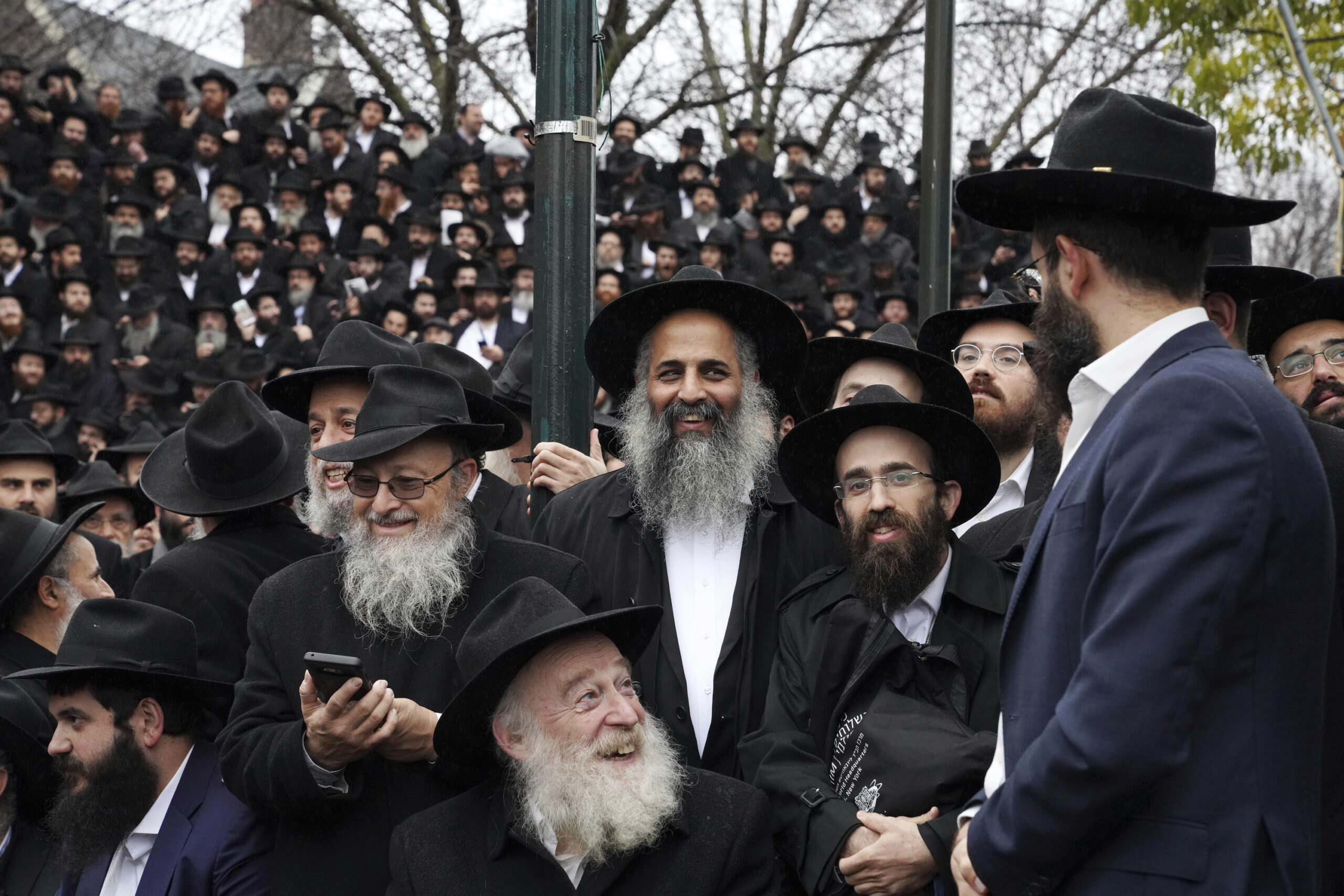Who was the famed rabbi whose Brooklyn synagogue was the scene of tunnel fracas?

CROWN HEIGHTS — The basement synagogue that was the scene of a brawl between worshippers and New York City police has a long and storied connection with a Brooklyn rabbi who led a global movement and remains revered three decades since his death.
The fight broke out last Monday when authorities moved in to seal off a secret tunnel into the Chabad-Lubavitch synagogue, which some worshippers — described by the movement as “a small group of rogue youth” — said was intended to fulfill the wishes of Rabbi Menachem Mendel Schneerson.
Here are some details about Schneerson and his impact within and beyond the Chabad-Lubavitch movement of Orthodox Judaism.

Brooklyn Boro
View MoreNew York City’s most populous borough, Brooklyn, is home to nearly 2.6 million residents. If Brooklyn were an independent city it would be the fourth largest city in the United States. While Brooklyn has become the epitome of ‘cool and hip’ in recent years, for those that were born here, raised families here and improved communities over the years, Brooklyn has never been ‘uncool’.